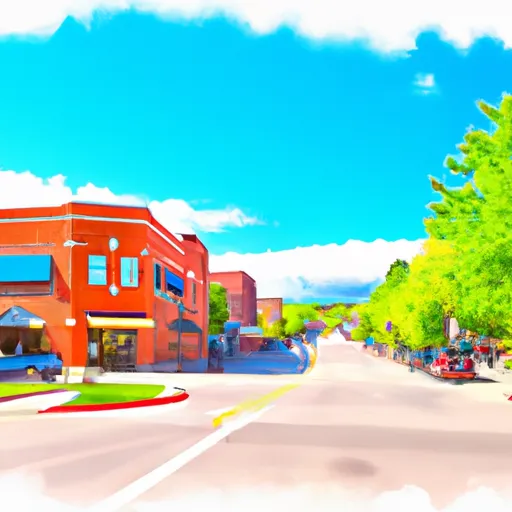°F
°F
mph
Windspeed
%
Humidity











Bangor is a small village located in La Crosse County, Wisconsin. The climate is characterized by warm summers and cold winters, with an average temperature of 47°F. The village is situated near the La Crosse River, which flows through the town and is home to a variety of hydrology constituents including fish, birds, and aquatic plants. Outdoor recreation opportunities in Bangor include hunting, fishing, boating, and hiking. The village is surrounded by forests and parks, including the Necedah National Wildlife Refuge and the Black River State Forest, which offer a variety of recreational activities for visitors.
Weather Forecast
Bangor receives approximately 865mm of rain per year, with humidity levels near 82% and air temperatures averaging around 8°C. Bangor has a plant hardyness factor of 4, meaning plants and agriculture in this region thrive during a short period during spring and early summer. Most plants will die off during the colder winter months.
Regional Streamflow Levels
577
Cubic Feet Per Second
5
Cubic Feet Per Second
61
Cubic Feet Per Second
586
Cubic Feet Per Second
Nearby Camping
| Camping Area | Reservations | Toilets | Showers |
|---|---|---|---|
| Rocky Springs - Natchez Trace Pkwy | |||
| Great River Road State Park | |||
| Grand Gulf Military Park | |||
| Warfield Point Park | |||
| Lake Charlie Capps | |||
| Leroy Percy State Park |



